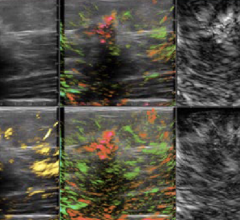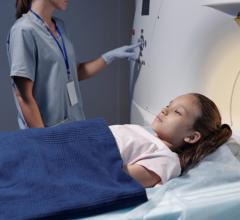
May 3, 2016 — With increased use of computed tomography (CT) scans, radiologists and other experts — including Donald Frush, M.D., medical director of the Duke Medical Radiation Center and a co-author of a new World Health Organization (WHO) report — are urging awareness and accountability around medical scans for children. Their goal is to ensure patients and their caregivers are informed about how the tests are used, how radiation plays a role, strategies to manage exposure and what scientists know about potential risks.
“The public and patients have become increasingly aware of the use of all types of radiation, not just from cell phones and microwave ovens, but also ionizing radiation, which is used in diagnostic medical imaging, such as CT scans and X-ray studies,” Frush said. “Ionizing radiation in very high doses can have effects such as hair loss and skin redness.”
Frush, who also serves as chairman of the Image Gently Alliance, an internationally recognized organization for pediatric medical radiation education, said children tend to be more vulnerable to radiation than adults because they are growing.
“CT scans are extremely helpful and of high value in caring for children, providing information to make informed decisions about treatment options. They can be life-saving,” Frush said. “But there have been inflammatory and disturbing news reports about the dangers of CT scans. The WHO document puts all of that into a factual, straightforward and balanced perspective.”
According to the WHO report, the average annual dose of radiation for people living in the United States has increased since 1987 solely due to the increased use of radiation in medical procedures. Exposure due to natural sources such as radon has remained the same during that time span, the report shows. About 11 percent of CT scans in the U.S. are performed on children, according to 2010 data cited in the report.
Parents should always feel comfortable asking questions, Frush said. Among the questions parents can ask:
- Why is this test necessary? What are our other options, such as ultrasound or magnetic resonance imaging (MRI), that do not use ionizing radiation?;
- How will staff adjust the radiation dose or technique to ensure my child doesn’t receive more radiation than is necessary?; and
- Does the facility and staff have the equipment and training to deliver no more radiation than is necessary? Do providers at this practice make this a priority?
“The take-home message for parents is, when one of these studies is necessary, it’s reasonable to ask if there will be proper adjustments done for children,” Frush said.
Frush cited no relevant disclosures or financial relationships.
For more information: www.who.int


 October 31, 2025
October 31, 2025 









